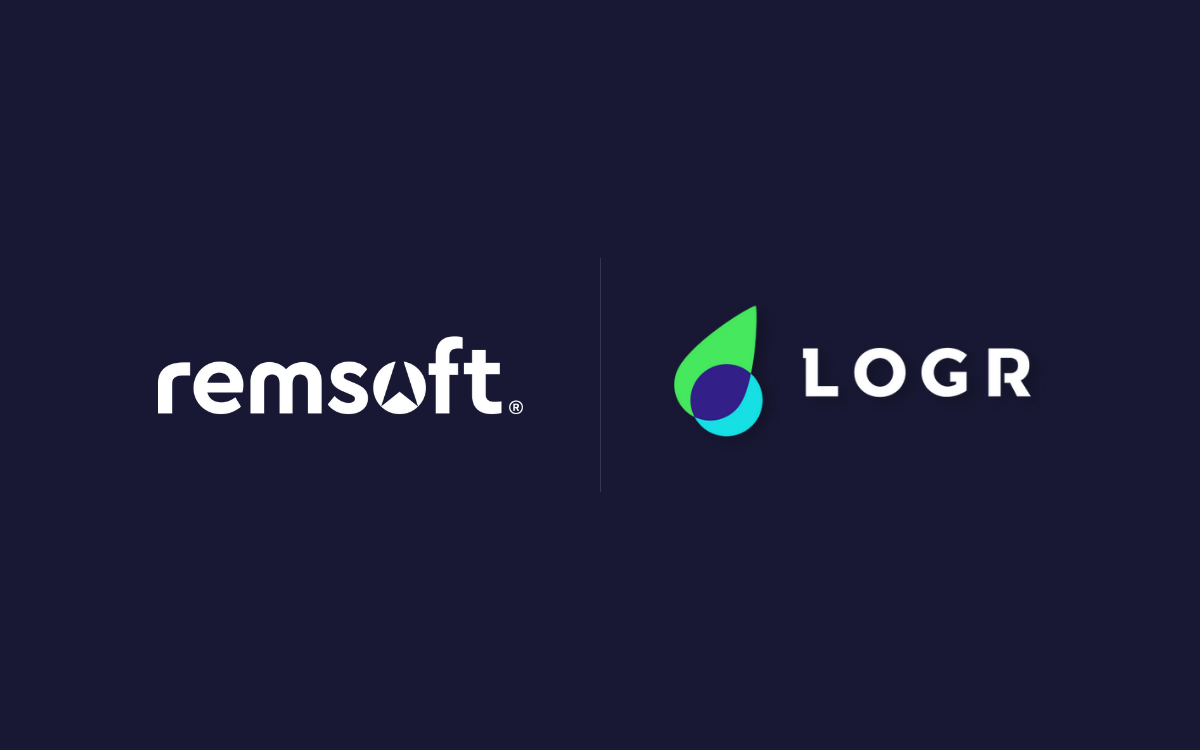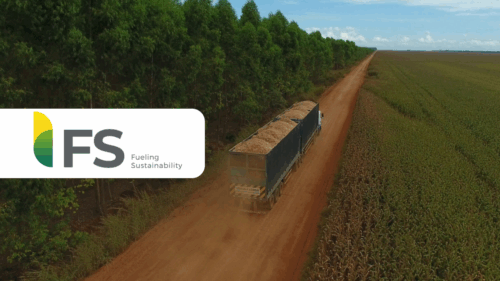Digital transformation is bringing data-driven strategies to the board room, forest, and factory floor. The advantages inherent in smart technologies like cloud computing, analytics, machine learning, and artificial intelligence have been proven across every industry and forestry is no exception.
Forestry is a messy business that may seem digitally intractable, but today’s tools thrive in complexity, and digital initiatives are gaining traction. According to an Accenture survey of forestry executives, most have plans to accelerate their digital strategies. These investments are ever more focused on intelligence technologies that can help them maximize the value of their data, and the potential of these technologies is only beginning to be tapped.
The change happening in forestry through data-enabled AI and analytics has been likened by McKinsey and Company to the previous century’s doubling in productivity from the advent of chainsaws and motorized fellers. In their analysis of the data opportunity, McKinsey dubbed data the “next wave in forestry productivity” and highlighted that even the most advanced companies in the sector still have room to make further gains by doing more with more data.
A shift in the way we think about forestry is underway, and the innovators are mapping out the new terrain of improved performance, efficiency, productivity, and forestry planning. Before long, forestry companies will be looking back at the time before data technologies the same way they look back today at the pre-chainsaw era.
Let’s take a look at the five strategies enabling forestry companies to leverage digital intelligence and do more with more data.
1. Evolving the Connected Digital Ecosystem
The forestry industry is no stranger to technology. Digital systems have long been integrated into every phase of operation, whether it’s telecommunication and dispatch, or the onboard computers in the machinery, or the planning spreadsheet back at the office. But, when these technologies are isolated from one another, they get out of sync and the systemic inefficiency that follows is like sand in the gears. All the pieces are there, but they’re being prevented from working harmoniously together. When cloud technologies are leveraged to connect these systems, it’s like introducing a lubricant to an engine. Machines start talking to systems, systems start talking to each other, and everything runs more smoothly.
On a practical level, this is something that can be implemented almost immediately. Today’s technologies are built to work together, they’re waiting to work together. In practice, this may require bridging an in-house knowledge gap or upgrading a legacy IT system. But getting this right can pay for itself quickly in productivity.
2. Leaving Data Silos Behind
Bonnie learns a new piece of information that is critical to current operations. She updates her spreadsheet but doesn’t call or email anyone else to tell them to update theirs. Tom is in the field and urgently needs the latest scheduling estimate. He pulls it up on his phone and uses it to direct a dozen workers without checking with anyone to make sure it’s up to date. If you’re feeling anxious for either Bonnie or Tom right now, you’ve experienced the trauma of 90s-era information systems. Maybe you’re still living that trauma.
Business runs on data. Too often that data is duplicated across multiple unsynchronized systems. It is now possible to connect everything so that all data is standardized and centralized. When every business task is drawing its information from a single source, you gain efficiencies, big and small, that can add up to major productivity improvements and, more importantly, prevent errors that contribute to major waste.
3. Seeing the Forest and the Trees with Precision Forestry
Forest assets are difficult to quantify. When you don’t have an accurate census of your inventory or an accurate assessment of the quality of that resource, it’s difficult to plan effectively, particularly in the short term. For years, forestry professionals have been making do with generalized inventory data to support tactical and operational decisions, which leads to educated guesses based on rules of thumb, back-of-the-envelope calculations, and raw intuition. But, with modern technology, it’s possible instead to just know.
Remote digital technologies like lidar and satellite imagery, integrated with existing systems, are making it easy to access up-to-the-minute snapshots of the actual state of the asset and how it’s changing over time, taking the guesswork out of planning and operations. Of course, lidar and satellite data, like all data, is useless without context. That context is provided through analytics that can turn the raw numbers and images into a three-dimensional map of the forest and underlying terrain with detailed and accurate assessments of metrics like tree height and biomass density on not only a forest-wide basis but often also at a tree-by-tree level. Intelligent systems can then push this analysis a step beyond with planning suggestions that take advantage of the unique and dynamic characteristics of every tree.
4. Managing the Digital Supply Chain
Uncertainty in the supply chain that used to be a given is now unacceptable. From the forest block to the mill, and with outside suppliers, it is essential to know where everything is at every moment, identify bottlenecks, and be agile in responding to unforeseen complications. And this is achievable with today’s technology.
The supply chain is where money is spent and money is made. In times of disruption, a well-optimized forestry supply chain is your competitive advantage. A small improvement in supply chain efficiency can have a big impact on the bottom line. But, when all the moving pieces are obfuscated under a fog there is no way to see where those improvements can be made. And there is no way to find and address issues that can be sending a profitable business into the red.
Data intelligence can clear the fog and turn opinion or sneaking suspicion into a set of clearly actionable observations. It can let you know that you are prioritizing the wrong mill at certain times of the year, or that you are scheduling harvest crews in the wrong area. It can uncover a current mismatch between harvest products with downstream demand, reveal that transportation capacity is overallocated in certain weeks, or simply let you know that the current plan will underdeliver on business targets.

5. Using Analytics and Artificial Intelligence to Overcome Unpredictability
The strength of AI and analytics, both predictive and prescriptive, lies in the ability to uncover hidden interconnections in seemingly unrelated information. When applied to a data set as rich and complex as that of forestry, it’s possible to project outcomes intelligently and be prepared for all scenarios. Companies are working every day with harvest and delivery plans, dealing with deviations between those plans and the actuals that come in. With machine learning, historical trends and real-time data can be deeply analyzed to produce new plans that track more accurately with actual performance.
Together AI insights and optimization models can generate value through more accurate schedules by providing deep insights to harvest crew performance on completed units and using those to drive more accurate projections of productivity on new units, seeing the unintuitive connections between disparate variables like crew composition, piece size, and season. The models can also bring order to the chaos of volume variance and inventory estimations by learning from past data and trends.
Through machine learning and optimization analytics, inherently volatile and unpredictable aspects of the forestry business can be tamed with concrete, scientific, analysis of probable scenarios, allowing for confident decision making in the face of uncertainty.
The Return on Investment
There’s no doubt that we’re seeing data technology, optimization, and analytics driving efficiencies on the ground in forestry just as they are in other industries. The return on investment runs the gamut from the abstract and high level to the eminently quantifiable. We’re seeing crews being scheduled more efficiently and strategic plans being developed more intelligently. We’re seeing better utilization of capital. We’re seeing streamlining of supply chains and a reduction of transportation costs. We’re seeing mistakes that once seemed unavoidable being now daily avoided. We’re seeing delivered wood costs being driven down sometimes by five percent. These aren’t intangible or theoretical results. An Accenture survey found that 94 percent of forestry executives whose companies had invested in new digital technologies were able to concretely determine the financial benefit.
These benefits are waymarks on the journey of turning data into information, information into insight, and insight into intelligence. It’s a moment of unparalleled opportunity. Companies that have already been leading the pack in the adoption of digital technology are refining their processes and approaches to achieve continuous improvement and greater advantage. Those organizations that are just getting on board can leapfrog to complete data utilization by embracing now fully mature technologies.
Whenever optimization trims costs or increases productivity anywhere in a business, the effects multiply throughout the company and come back dramatically on the bottom line. With forestry planning and supply chain management powered by data intelligence, there is a rare opportunity to realize this kind of optimization in almost every aspect of operation at once.
LEARN MORE:
-
Get an overview of Remsoft Operations capabilities for operational planning and scheduling, and download the datasheet.
-
Read about key drivers and strategies for improving operations efficiency and visibility through digital transformation.




